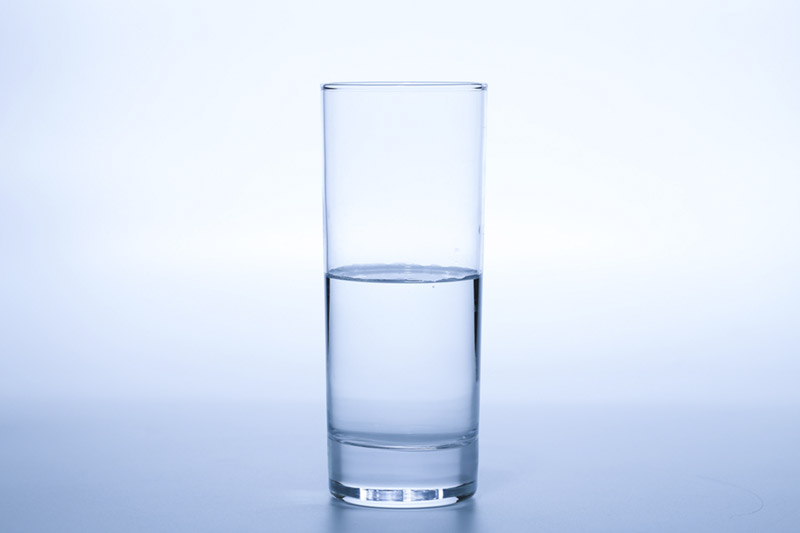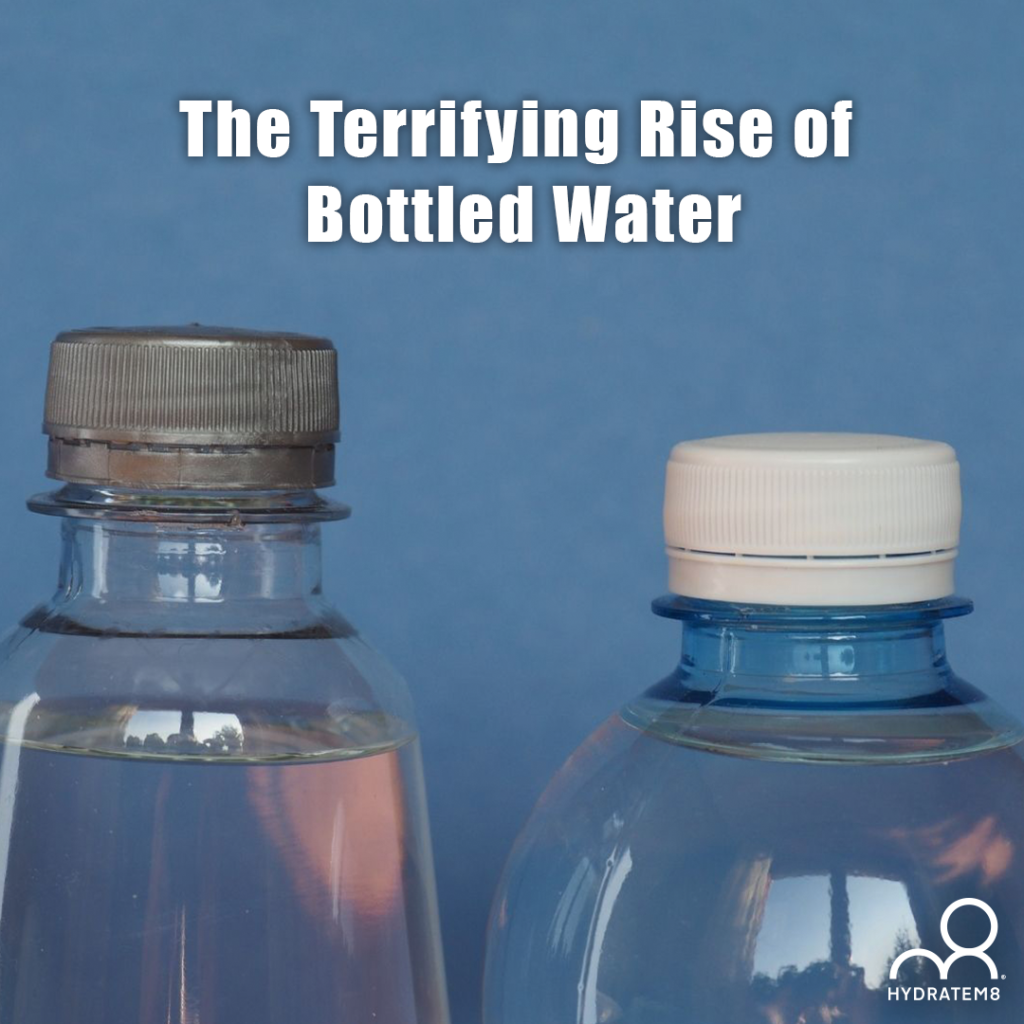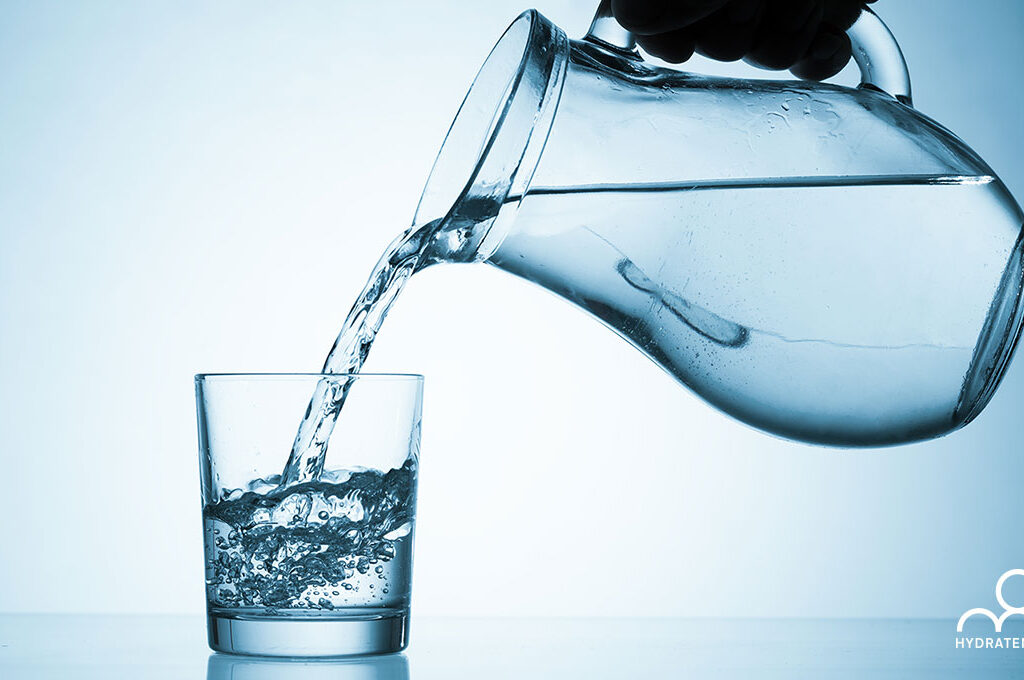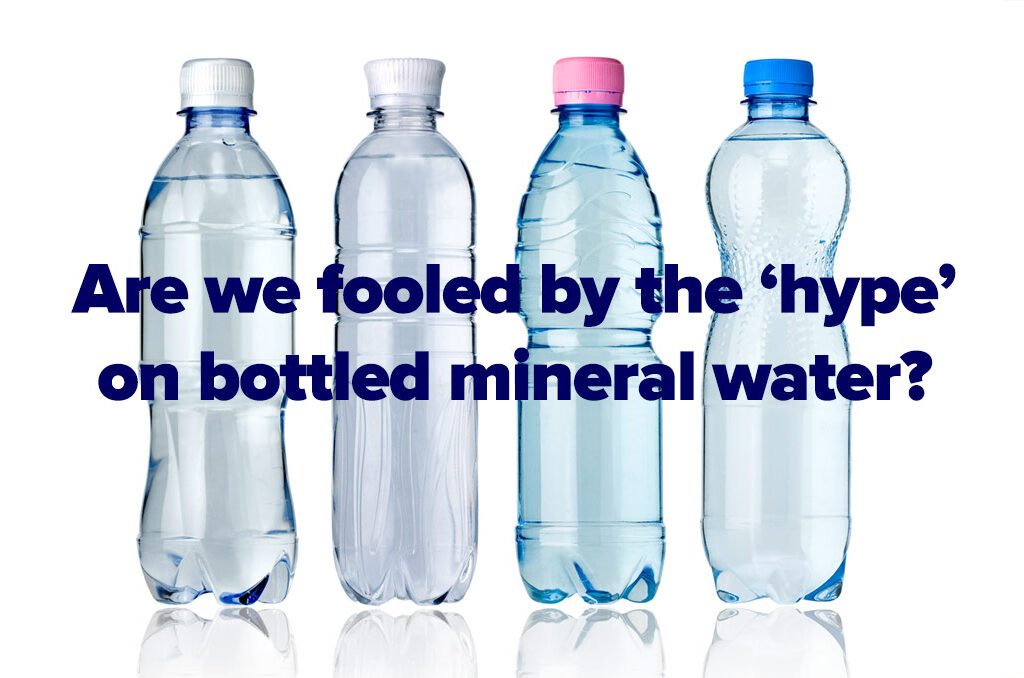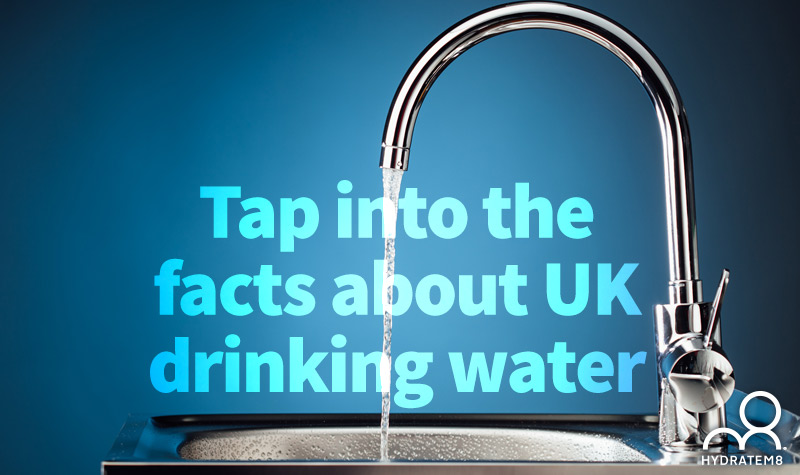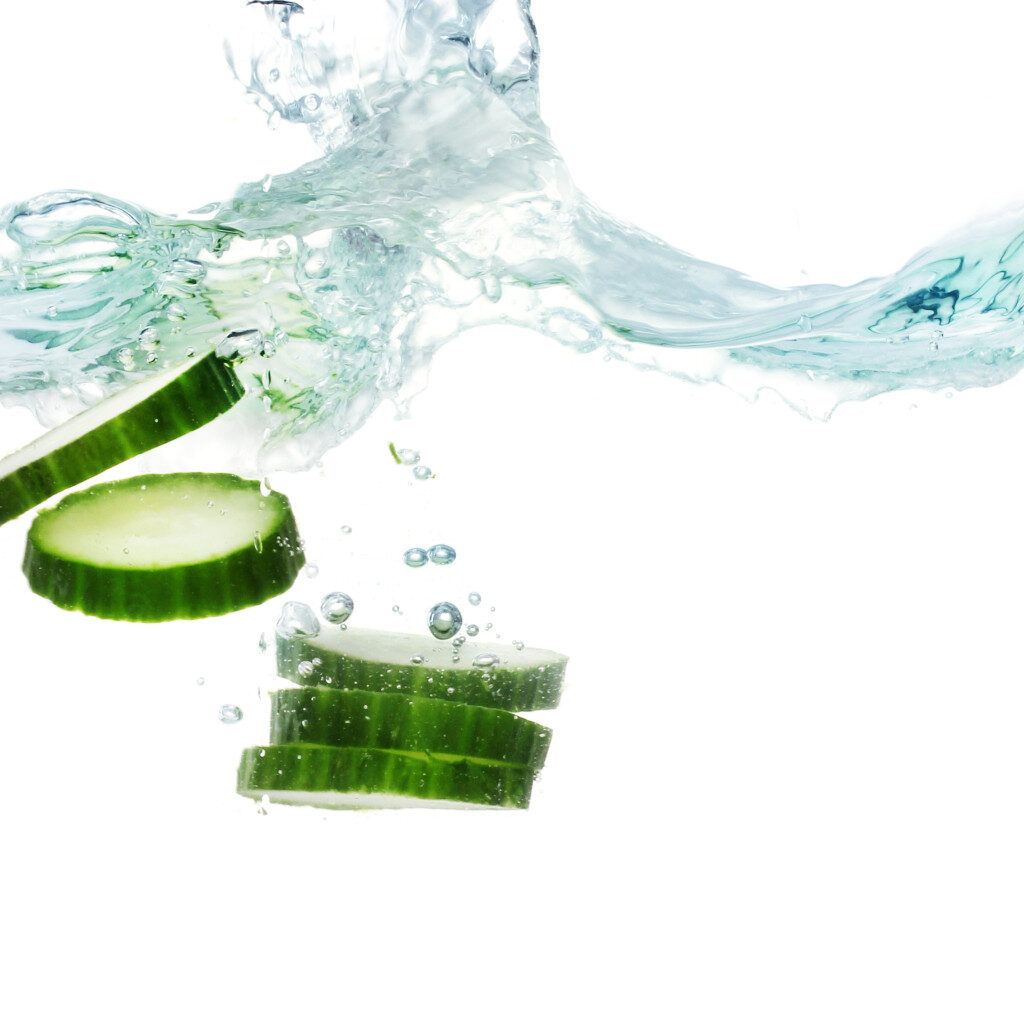What’s in water these days, and what are the reliable sources? Far be it for us to give you a science lesson, as many of us will have been told what water is made up of and why it is on the planet, when we were at school. However, there is a tendency to take water for granted in the modern world, and particularly good, clean water for consumption. We also know that without water, survival rate is a big fat ‘zero’ for us and any other living organisms or plant life on our planet.
Water – the good and the bad
Starting with H20, the chemical symbol, water is made up of 2 parts hydrogen and one part oxygen, which bond together to create water droplets. Gas, solid and liquid are the three types of water on the planet, all of which are found in different environments. Ice is the solid element, vapour in the air is the gas and liquid, probably the easiest to ascertain, is that found in our oceans, rivers and seas. There is far more to the construction of water, but that’s enough science for one day, but importantly, water is colourless and odourless – if it’s not, it has either been contaminated or chemically adjusted. Chemicals in our tap water are essential to keep water clean, but there should never be too much in our water systems, and the levels of these must adhere to legislation.
Types of drinking water
There are three main types of drinking water that should be safe:
- Mineral Water (natural)
- Spring Water
- Prepared Water
By definition, if water is sold in bottles, it can only use these official titles. Natural mineral water has to be obtained from unpolluted underground sources and proven so. It also needs to be bottled as close to source as possible. It must also contain the correct level of mineral content and not have additives such as chemical treatment or any form of flavourings.
Spring Water is exactly how it sounds – named at its source from water springs, untouched by any form of pollution and with no additives. The springs can be below or above the ground, as long as there is no contamination of any type.
Prepared Water is again exactly what you would think – any type of tap water or community water supply. It is allowed to be chemically treated to prevent pollution or contamination, and there are stringent standards for this. Prepared water is what many of the third world or emerging countries are dependent upon.
Water contamination
This has become a huge problem in the world in our natural resources since around 2000, so much so that a European directive was issued to bring the quality of naturally sourced water up to speed by 2015. This task is still underway to make this water safer, but it is an expensive issue, hence the bottled water market has somewhat diminished in Europe in particular, but is starting to gain ground again. One of the morals of this article is be thankful that tap water in the UK is certainly one of the best in the world, so there is no reason not to trust it, but to take advantage of it. But if the consistency of our natural resources improves, there will be more ‘unhealthy plastics’ in the world, which is a whole different dilemma for governments all over the world.

